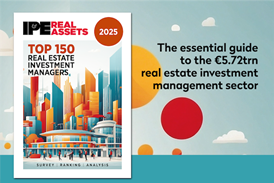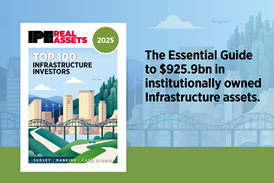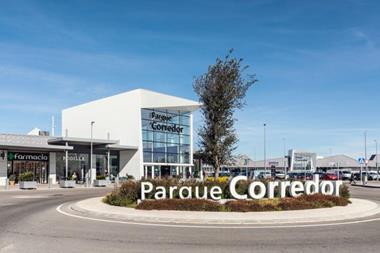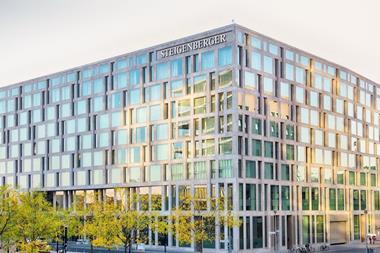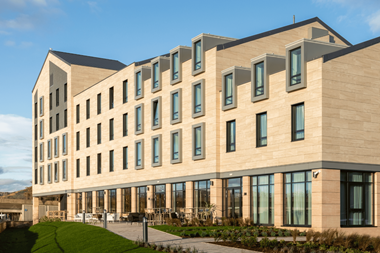Bold leadership is needed across Europe to achieve good density in urban centres, according to Lisette van Doorn, CEO of ULI Europe.
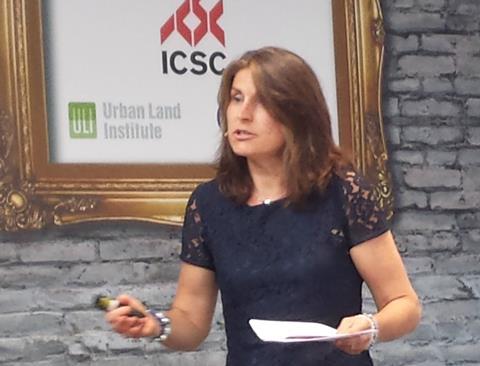
Speaking during a session on innovation and urban investment at the Provada real estate fair in Amsterdam last week, Van Doorn lamented the lack of vision and action by government authorities. 'We don’t see it much these days and we need to get it right this time. We tried densification in the past and it wasn't successful. But it’s a misconception that density is all about high rise. You can’t be successful and achieve your goals if you don’t have a vision of where you want to develop.'
Greater collaboration between cities and support from private investors are vital, she argued. 'We have to get the view across that we're competing in a bigger arena. Compared to cities in Asia, we cannot compete in terms of the speed and scale of development. There are physical limitations in that respect. What we need to invest in is making our cities operate more efficiently and sustainably. They need to become more liveable and successful in the future.'
European cities are not so dense
On a global scale, European cities are not so dense at present, Van Doorn argued. 'Paris is the most dense city in Europe, but it doesn't feel so dense. Many buildings are only four or five stories high and there are lots of parks,' she pointed out.
Recent research by ULI indications that further densification is vital to create urban centres that attract capital and talent. The trend is already visible, she said. With the emergence of the car in the 1950s and 60s and the rise of the suburbs, a lot of people moved outside the city. But that trend is now reversing and shopping centres as well as regular businesses are now moving back into the city, Van Doorn said.
'We've already seen big shifts but they will grow exponentially in the future. Innovative companies need to be close to the talent. In the past businesses had to move out of the cities because they were causing pollution, but as businesses become more sustainable we will see less [environmental] impact in the future. Businesses are also moving back for lifestyle reasons, a lot of people don’t want to commute.'
In the past, cost was also an issue, but new technologies like 3D printing are making it possible for businesses to be in the city, she added. 'Generally businesses these days are more efficient and need less space. Being in the city also provides more opportunities for them to collaborate and it means they are close to the talent. These are all reasons that are valid for innovation.'
One of the key attractions of the city for young people is a vibrant mixed-use environment. As more people move back into the cities, new concepts such as Second Home in London which combine living and working will become increasingly popular, Van Doorn predicted. 'Many start-ups have technological developments that they need to test, the city is the best place to test them. The services are already there.'
Victim of its own success
Affordable housing is also key, she added. 'Cities need to get that right. People want to go back to the neighbourhood idea where we came from with a well-connected public transport system.' But there are potential pitfalls, she said. 'London is an interesting example, in particular Tech City in East London. There were a lot of abandoned buildings there that were affordable and that attracted creative people and companies. The area had the additional advantage of being close to the city where the capital is.'
The city government picked up on the trend and started investing heavily into the area, she continued. 'It has now become the victim of its own success. It's not affordable anymore and creative talent is moving elsewhere. A key question is how do you keep the constituents that make a district successful?'
Soft factors may be more important than hard in this context, Van Doorn suggested. ‘Economists say competition is all about productivity. That may be true in the short term, but it’s really about emotions and the ability to achieve coordination in terms of branding, liveability and sustainability.’
Innovation is important, she added. 'That's where the money goes and more money is coming from private investors because of government spending restraints. So it can be a win-win situation.’
Van Doorn stressed that investors are focusing more and more on a select number of cities rather than countries but added that clear patterns had yet to emerge. ‘Which ones should they focus on? Global gateways or secondary or even tertiary cities? That hasn’t been determined yet and depends on their strategy.’
She pointed to Norges Bank Investment Management, the asset management arm of the Norwegian oil fund which has set itself the goal of building up a real estate portfolio from scratch to 1-2% of its total portfolio. 'They have chosen eight cities that they plan to focus on, that would have been incredible just 10 years ago. Investors want more influence.'
City rankings like the annual ULI/PwC survey which rates European cities in terms of investment prospects can provide some direction, Van Doorn said, pointing to Berlin which emerged for the second time this year at the top of the ranking. 'Investors are looking at the city and what’s happening there. Investors want to buy in a city that has a strategy to be successful in the future.'
Another city rising up the rankings is Lisbon, Van Doorn said. 'Many start-ups have moved to Lisbon because it’s a nice place, open to innovation and it’s affordable. It's all happening that fast, if you can’t maintain a strategy and execute it, businesses will go elsewhere.'
